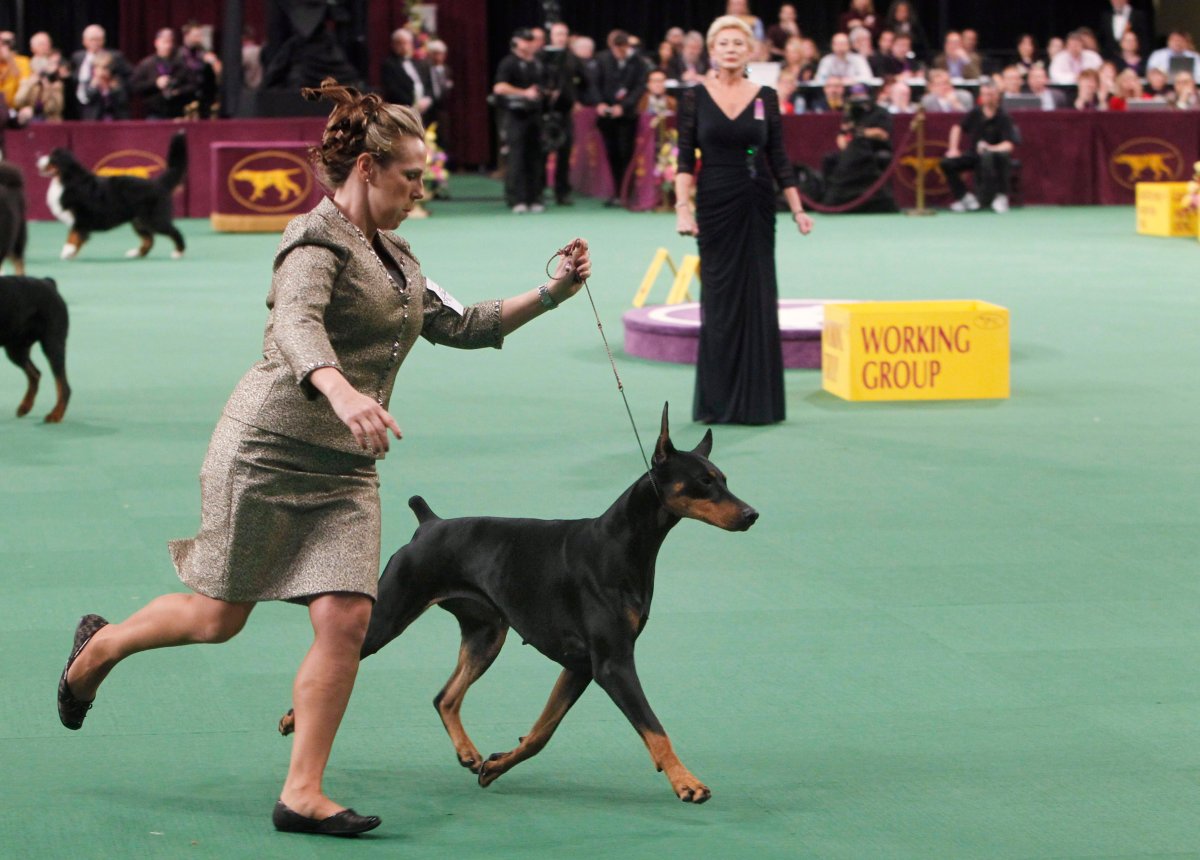The College of Veterinarians of British Columbia (CVBC) have voted to ban tail docking and alteration of dogs, horses and cattle.

Nearly 92 per cent of those who voted cast their ballot in favour of banning the often-seen controversial practice, which is the cosmetic tail docking of dogs, horses and cattle, and tail alteration in horses.
B.C. is not alone in banning these practices.
“Veterinarians in B.C. have advanced animal welfare in the province through this vote,” said college president Dr. Brendan Matthews in a release. “B.C. now joins the four Atlantic provinces, and Quebec, on banning these cosmetic procedures.”
The Canadian Veterinary Medical Association has the same position as the CVBC when it comes to tail docking and alteration.

Get daily National news
The CVBC says there is no scientific evidence to support a welfare or medical benefit for tail docking, but evidence does show “a detrimental effect on behaviour and animal communication, as well as the risk for infection and phantom pain.”
“Veterinarians have an ethical responsibility to the animals they treat and tail docking goes against that responsibility,” added Matthews. “We ask other provinces to follow suit and for breed associations to recognize the changing times.”
The college also voted to ban ear cropping in dogs last year.
Tail docking is the removal of portions of an animal’s tail. It was originally thought it was done to prevent any injuries to working dogs, but soon grew into a cosmetic procedure. The CVBC says tail docking is only necessary when carried out in cases of injury or for medical reasons, such as removing cancerous tissue.
- Langley businesses worried about impacts as city centre revitalization gears up
- UBC criticized for renting room to Hong Kong government for recruitment exam
- Woman airlifted to hospital after car crash in Mission, B.C.
- B.C. storm raises avalanche risk, cancels ferries, causes blackouts on south coast
It is still performed on pigs and sheep to prevent injury and to stop them from chewing on each other’s tails because they live in such close quarters.
In horses, tail alterations include tail nicking and tail blocking and tail docking.
Tail nicking involves cutting the tail muscle, blocking involves injecting the major nerves of the tail to prevent their ability to move their tails and docking involves the removal of part of the tailbone.
When it comes to cattle, routine tail docking involves cutting up to two-thirds of the cow’s tail, which was originally thought to improve milk quality and reduce the number of flies landing on the animals.
The Prevention of Cruelty to Animals Act authorizes the BC SPCA to investigate and recommend charges against any person, veterinarian or otherwise, believed to be carrying out tail docking and alteration along with ear cropping.








Comments